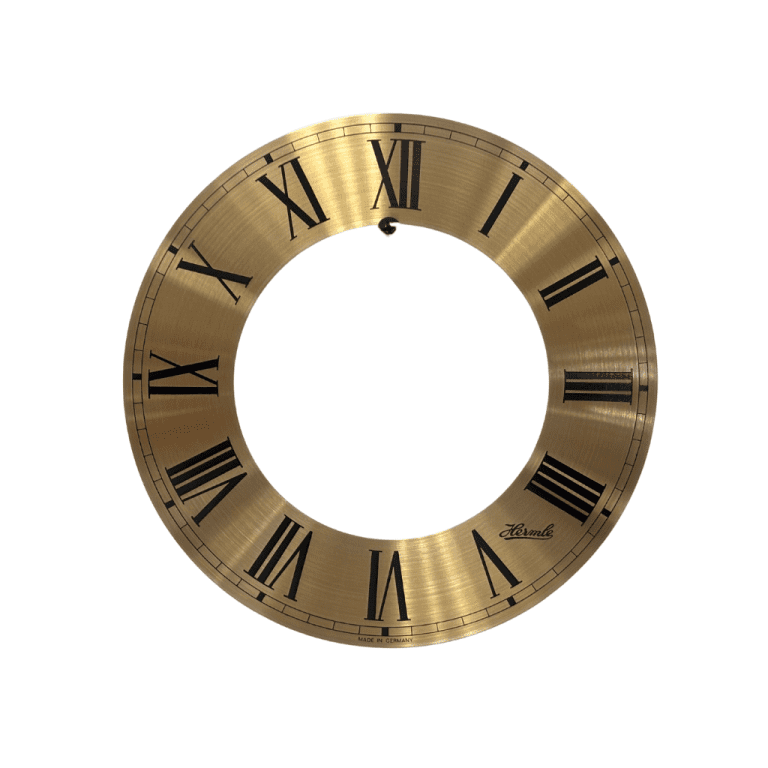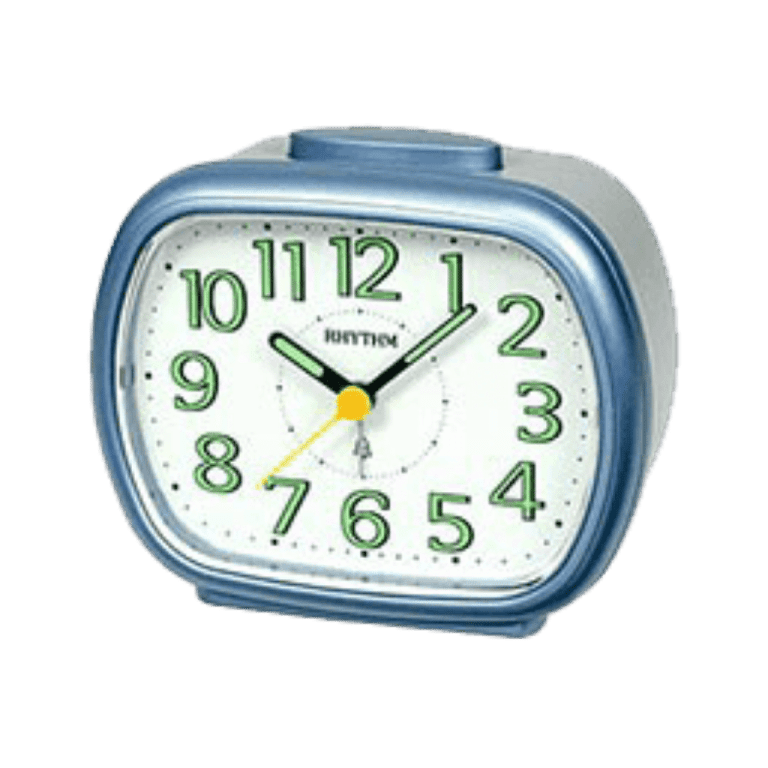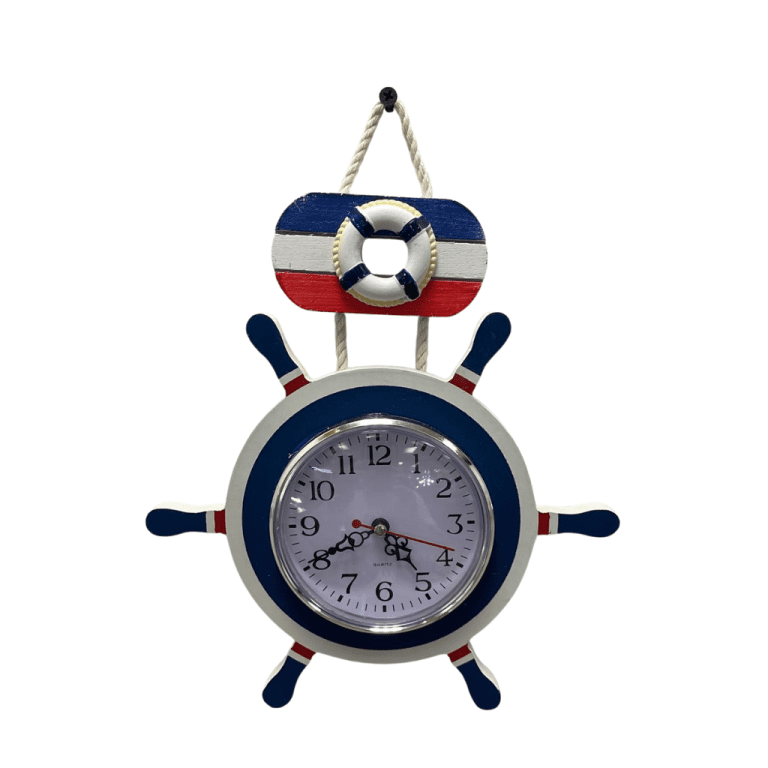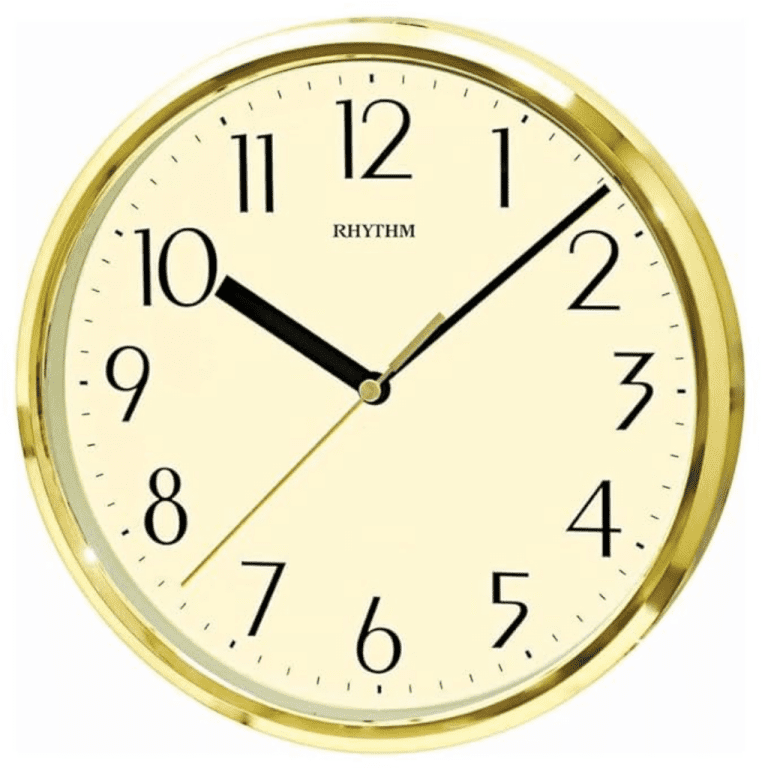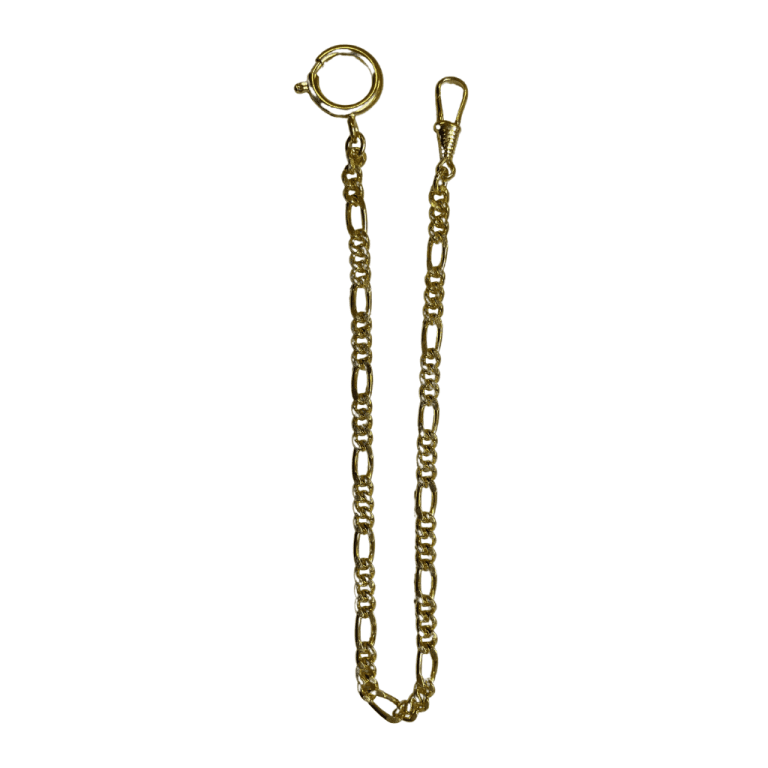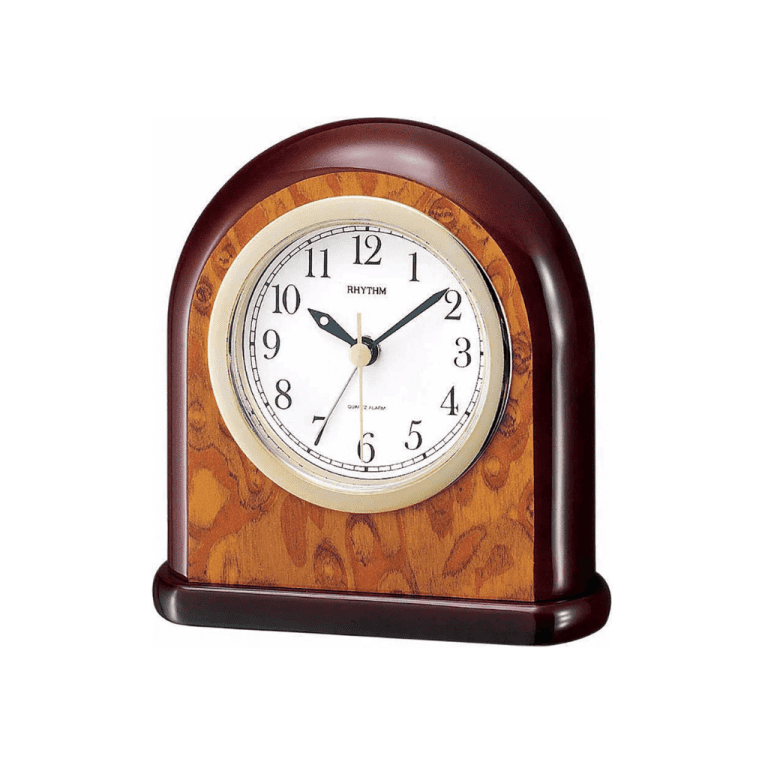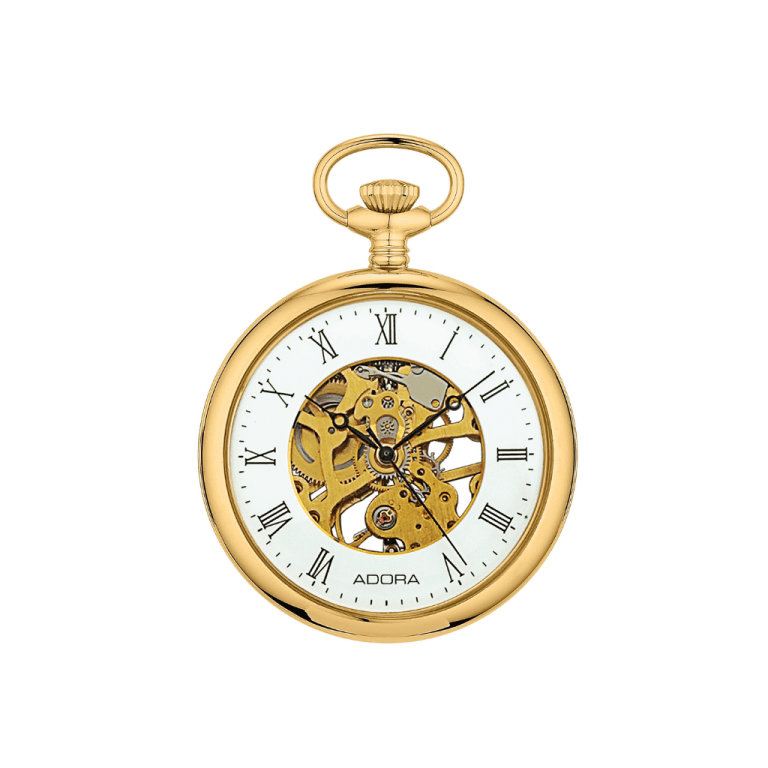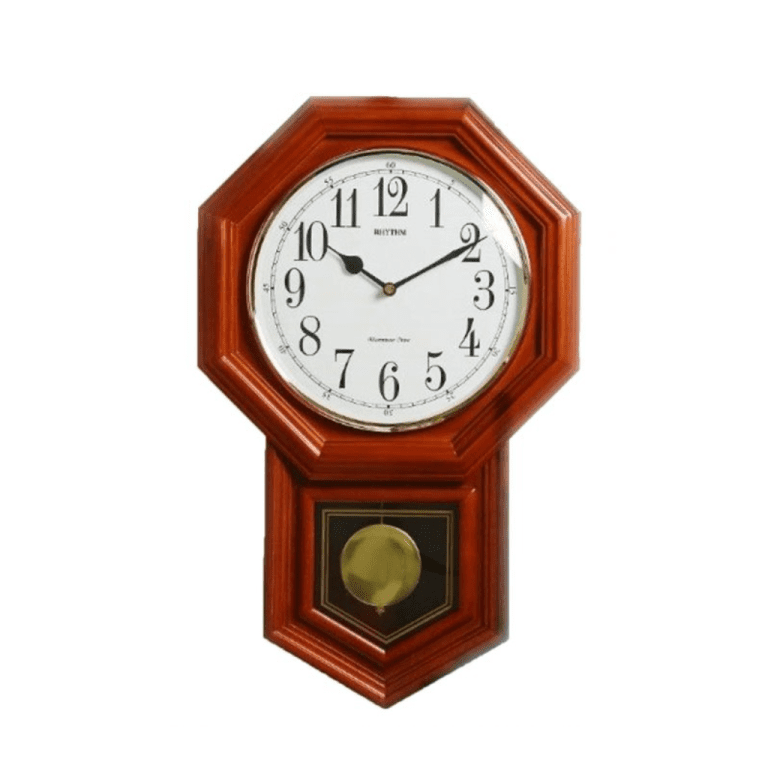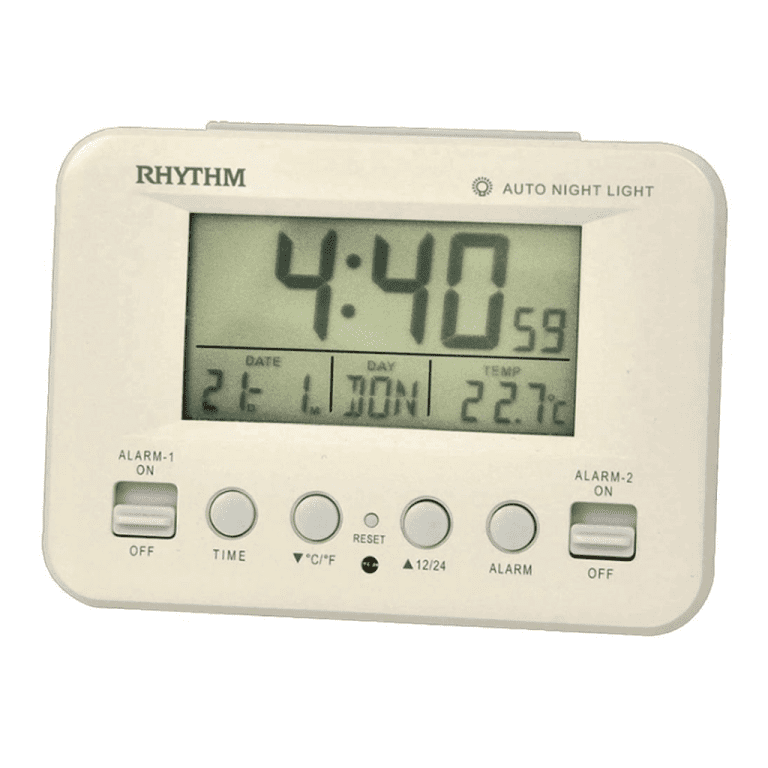Clocks, as we know them today, have a long and fascinating history. Humans have always had a need to measure time—to know when to wake up, work, rest, eat, and sleep. But in the very beginning, there were no clocks or watches. People simply looked to nature.
The earliest way people told time was by observing the sun’s position in the sky. They noticed that shadows moved as the day went on. This led to the invention of sundials, one of the first time-measuring tools. A sundial has a stick or pointer called a “gnomon” that casts a shadow on a flat surface marked with hour lines. As the sun moves across the sky, the shadow moves, telling people the time. However, sundials only worked during the day—and only when the sun was shining.
To tell time when the sun wasn’t out, ancient civilizations developed water clocks, also known as clepsydras. These were used in places like Ancient Egypt, China, and Babylon. Water clocks worked by allowing water to drip slowly from one container into another. The level of water was used to measure the passing of time. These early clocks were useful, but not very accurate.
Later on, other tools were created to mark time more reliably. People used candle clocks (which burned at a steady rate), hourglasses (which used sand), and incense clocks (used especially in Asia, releasing fragrant smoke over set periods).
By the 14th century, the first true mechanical clocks were invented in Europe. These were large machines, usually placed in church towers or town squares. They used weights, gears, and wheels to move hands on a dial and often rang bells on the hour. These early mechanical clocks didn’t have faces like we know today—they mostly rang out to tell the time because many people couldn’t read.
In 1656, Dutch scientist Christiaan Huygens invented the pendulum clock, which was much more accurate than previous designs. The swinging motion of the pendulum helped regulate the clock’s movement precisely. This invention was a major turning point in timekeeping history.
As technology improved, clocks became smaller and more portable. In the 18th and 19th centuries, pocket watches became popular among wealthy people. By the early 20th century, wristwatches were invented—first used by soldiers in war to keep track of time during missions.
Finally, in the 20th and 21st centuries, we saw the rise of digital clocks and smartwatches. These use electronic circuits to keep time and can show much more than just the hour—like weather, steps, and messages!
Conclusion
From the movement of the sun to digital displays on our wrists, clocks have come a long way. What started as a need to track daylight became a journey of innovation and invention. Today, clocks are everywhere—on phones, walls, wrists, and computers—helping us stay on track and manage our lives more efficiently. Understanding where clocks come from shows us how far human creativity has come in mastering time.





